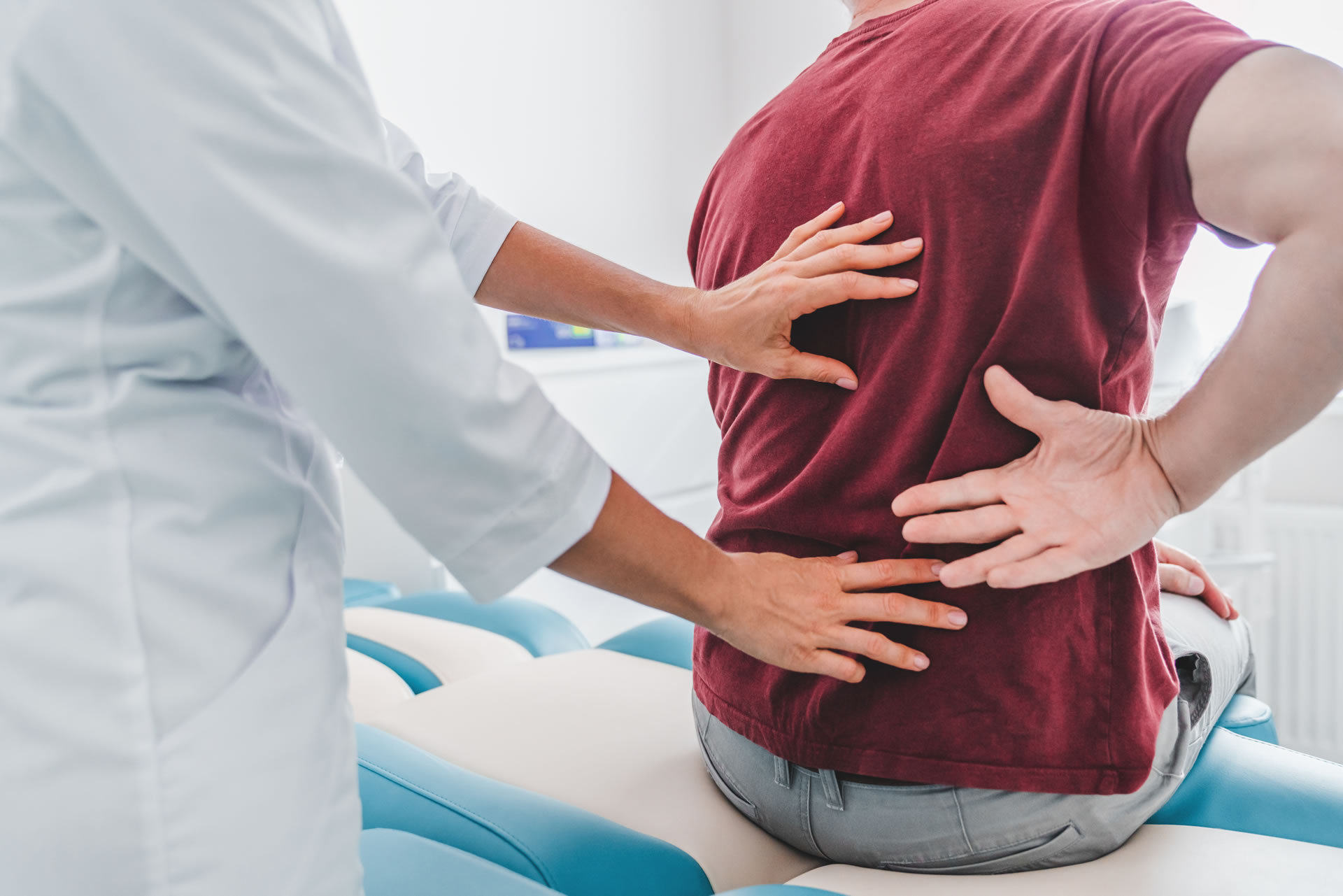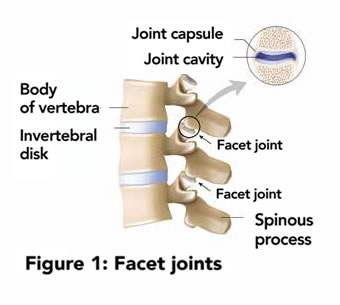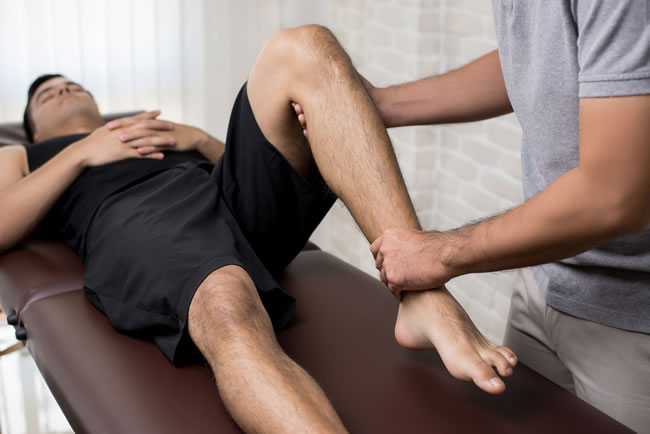Acute – or sudden onset – back pain is common, and usually not serious. Although at the time the pain can be so debilitating you feel as if it’s the end of the world. You may be not able to sit or drive, go to work or lift up your kids. Or perhaps you may be able to do daily tasks but are unable to carry on with sports and physical activities. Your experience of pain and disability is all relative to you, the individual. Past experience and the emotions you attach to your back pain will influence your pain experience and your recovery. Acute back pain is usually caused by muscle spasm and inflammation along the facet joints, or it can be related to disc problems.
There are a few things that can contribute to this. The exact cause is not known; often something triggers it – for example bending forwards, backwards, twisting your back while lifting or just an awkward position(like reaching into the back of the car boot). It doesn’t have to be a heavy object or dramatic movement and is often a motion you have done multiple times before. But on this occasion ‘something goes’ in your back. Muscle spasm is often a protective response, resulting in pain and limited movement. Severe pain may restrict you from sitting or standing comfortably, and often the best relief is found lying down.
You cannot place blame on weak core abdominal muscles, poor posture or being too flexible or too inflexible. Acute back pain can happen to anyone. Yes, you can protect your back by being fit, active and having strong muscles, good posture and using safe lifting techniques; however, this acute pain is often a case of wrong place at the wrong time’ for your spine.
Lower Back Anatomy
Your spine is made up of a number of bony vertebrae stacked on top of each other. Between them are spongy discs that work like padding or shock absorbers. Each vertebra has a bony prominence on either side forming a facet joint between the vertebra above and below. Facet joints are small and strengthened by ligaments. These joints together with the ligaments and surrounding muscles help to support and stabilise the spine while allowing for movement.
Back muscles can become strained not unlike pulling a hamstring muscle. One can sprain the small ligaments of the facet joints in a similar way to rolling your ankle. In this regard, inflammation and pain can develop resulting in acute back pain.
How To Treat Acute Back Pain
- Anti-inflammatory medication – In severe cases, non-steroidal anti-inflammatory (NSAIDs) can help for a short period of time. Pain and inflammation can be reduced, which will allow you to move freely and with less concern. Get advice from your doctor on when/how to take this.
- Physical therapy, osteopathy, chiropractic – You should see a therapist as soon as possible. If managed correctly, acute back pain can resolve within a matter of days. Treatment can significantly improve your condition compared to simply resting at home. Mobilisations, manual therapy hands-on techniques and massage can all be used to loosen any ‘stuck’ joints, or stiff muscles and relieve pain. Heat treatment and massage are usually done before the treatment to help relax the muscles. Electrotherapy machines can also produce relieve pain and reduce discomfort. Your therapist will encourage you to move as much as possible and guide you along with some gentle exercises.
When Should You Seek Emergency Medical Care?
This happens in less than 1% of individuals with back pain. However, if your back pain is associated with any of the following you should seek medical care.
- Sudden or recent difficulty emptying or controlling your bladder or bowels (especially incontinence)
- Numbness around your bottom or genital area
- Shooting pain down BOTH legs
- New leg weakness or inability to walk
- Recent significant trauma involving your back
- If you feel severely ill including fever and chills
Tips:
- Most acute lower back pain does not require immediate imaging (X-rays or MRI) and can be managed conservatively
- Getting information or education about your back pain and self-care options from your physical therapist is key
- You can be reassured that there is a very low risk that there is any serious underlying condition
- It is important to stay moving, be active and exercise
- Avoid bed rest where possible
- Avoid prolonged use of drugs or opioid medication
The information contained in this article is intended as general guidance and information only and should not be relied upon as a basis for planning individual medical care or as a substitute for specialist medical advice in each individual case. ©Co-Kinetic 2024.
Start your journey to a healthier, stronger body today!
RESTORATION
Once we have got you to a stage where you injury is healed, we then give you a rehabilitation programme to restore your strength and enable you to resume your sporting activities.
prevention
Are you currently engaging in sport but worried about getting injured in the future? Why not work with us so we can help get your body strong and supple to minimize any disruption to your exercise routine?





